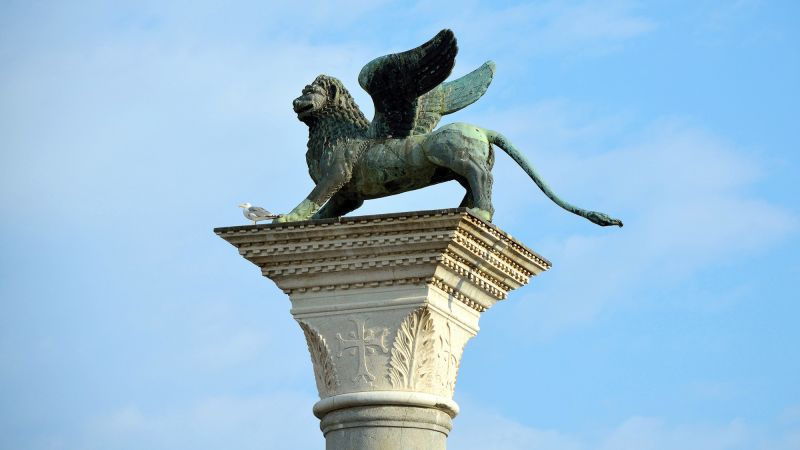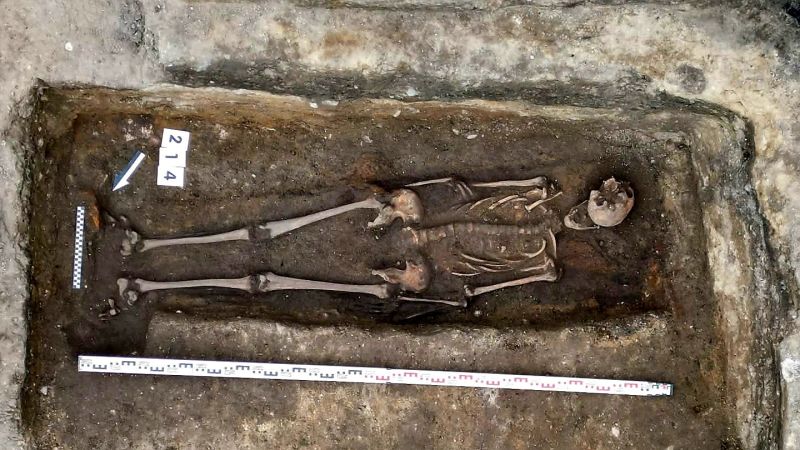
Venice's Winged Lion Statue: A Cultural Revelation
Culture | 9/8/2025
Venice’s iconic winged lion statue, long revered as a symbol of the Venetian republic, is now at the center of a revelation by scientists pointing to its Chinese origins. The statue’s presence, intricately carved into various structures throughout the picturesque city, has been a celebrated emblem of Venice’s rich history and cultural heritage.
Experts conducting a recent study have disclosed that the design of the winged lion closely resembles traditional Chinese artistic motifs, suggesting a potential link to Chinese craftsmanship. This discovery challenges the long-held belief surrounding the statue’s Venetian roots and raises intriguing questions about its true historical provenance.
The revelation underscores the complex intertwining of cultural influences and artistic exchanges that have shaped Venice’s identity over the centuries. While the winged lion has stood as a powerful emblem of the city-state’s sovereignty and grandeur, its newly suggested Chinese origins add a layer of complexity to its symbolism and historical significance.
In response to the study findings, a spokesperson from the Venetian Heritage Council commented, “This discovery opens up a fascinating avenue for further research into the intricate connections between Venetian and Chinese artistry.” The implications of this revelation extend beyond mere artistic attribution, prompting a reevaluation of Venice’s historical ties to distant civilizations.
As historians and art experts delve deeper into the origins of Venice’s beloved winged lion statue, the revelation of its potential Chinese roots offers a fresh perspective on the city’s cultural legacy. The statue, once thought to embody the essence of Venetian pride and independence, now invites a broader exploration of the global influences that have contributed to Venice’s rich tapestry of history and artistry.


